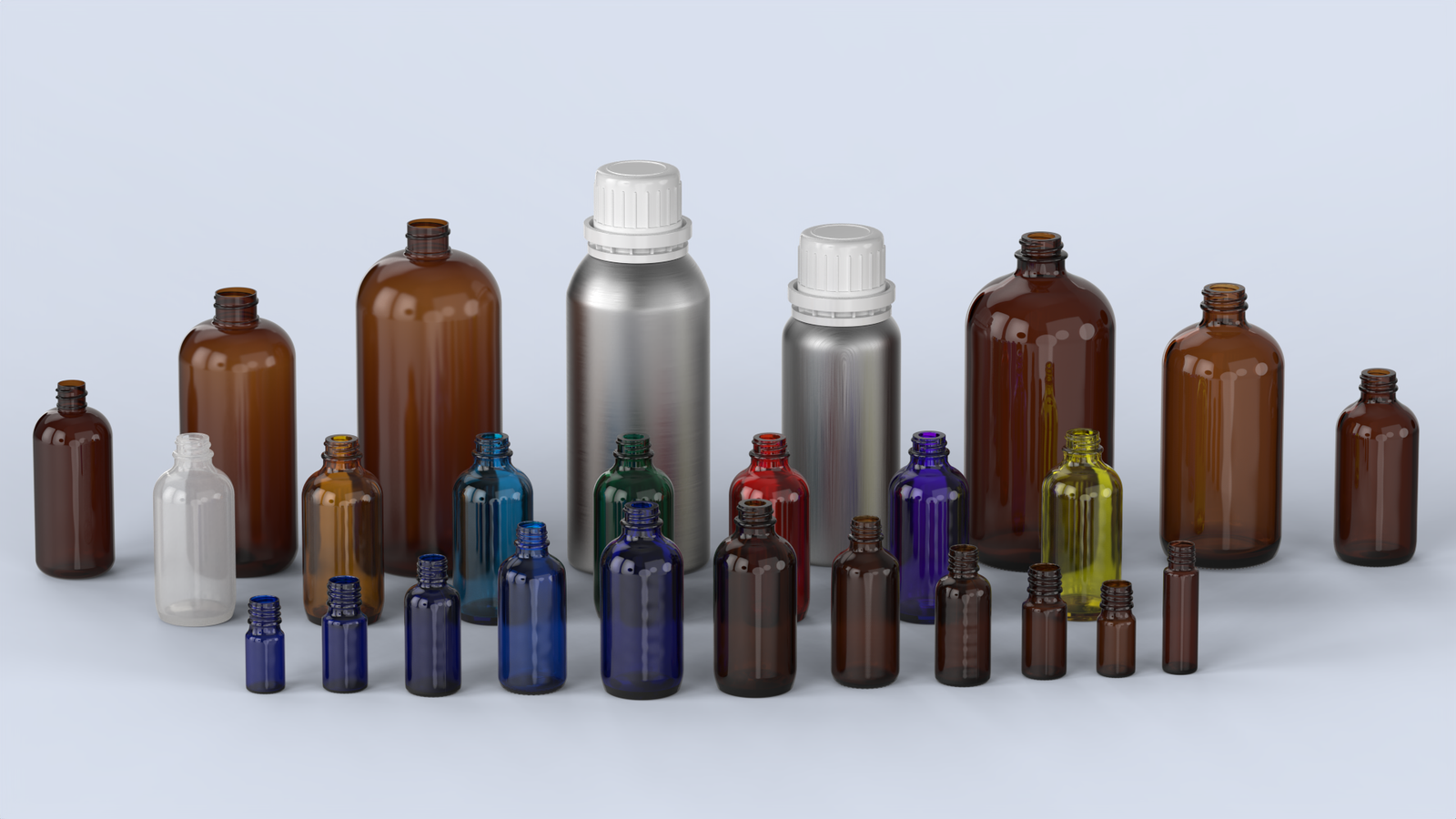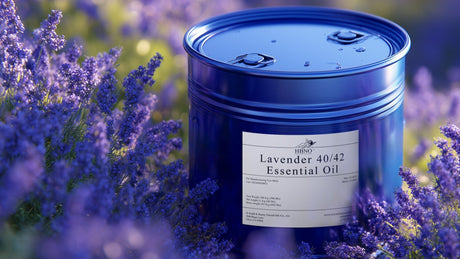Essential oil bottles play a vital role in preserving the potency, fragrance, and safety of your oils. Choosing the right packaging ensures your essential oils stay effective and protected over time, especially when working with high-quality organic essential oils.
In this blog, we'll explore different types of essential oil bottles, their key features, the benefits of proper storage, and why understanding the advantages of organic essential oils is essential for maximizing their natural power. Whether you're an experienced user or new to aromatherapy, proper storage helps maintain the purity and effectiveness of your oils.

Why Quality Matters
- Preservation of Aroma and Potency: Quality essential oil bottles protect the oils from light and air exposure, which can lead to oxidation and loss of aroma.
- Safety: Well-designed bottles prevent leaks and spills, ensuring safe storage and transport of your oils.
- User Experience: The right bottle enhances usability, whether you need a dropper for precise application or a roller for easy skin application.

Types of Essential Oil Bottles
Understanding the different types of essential oil bottles available can help you make an informed decision based on your specific essential oil packaging needs.
1. Glass Bottles
Glass bottles are the most popular choice for essential oils due to their inert nature and protective qualities.
- Benefits:
- Chemical Resistance: Glass does not interact with essential oils, preventing contamination.
- UV Protection: Amber and cobalt blue glass bottles protect oils from harmful UV rays.
- Reusable: Glass bottles can be cleaned and reused, making them environmentally friendly.
- Common Sizes:
- 5ml, 10ml, 15ml, and 30ml are standard sizes for personal use.
2. Roll-On Bottles
Roll-on bottles provide a convenient way to apply essential oils directly to the skin.
- Benefits:
- Ease of Use: The rollerball applicator allows for smooth and targeted application.
- Portability: Compact and easy to carry, making them ideal for on-the-go use.
- Controlled Dispensing: Reduces waste and ensures the right amount is applied.
3. Dropper Bottles
Dropper bottles are perfect for measuring precise amounts of essential oils.
- Benefits:
- Precision: Ideal for formulations requiring specific measurements.
- Versatility: Can be used for both essential oils and dilutions.
4. Plastic Bottles
While not as common as glass, plastic bottles can be a suitable option for certain applications.
- Benefits:
- Lightweight: Easier to carry and less fragile than glass.
- Cost-effective: Generally cheaper, making them ideal for bulk storage.
- Considerations:
- Choose BPA-free plastics to avoid chemical leaching.
5. Specialty Bottles
Some essential oils require specialized packaging, such as:
- Frosted or Miron Glass: Provides additional UV protection.
- Vapor-Resistant Bottles: Ideal for oils sensitive to air exposure.
Choosing the Right Essential Oil Bottles
When selecting essential oil bottles, consider the following factors to ensure you make the best choice:
1. Oil Type and Composition
Different essential oils have varying levels of volatility and reactivity. For example, citrus oils like orange essential oil are more susceptible to oxidation and should be stored in dark glass bottles. Understanding your oil's composition will guide your choice of packaging material.
2. Intended Use
Think about how you plan to use your essential oils:
- For Aromatherapy: Larger bottles may be suitable for diffusing.
- For Topical Application: Roll-on or dropper bottles provide convenience.
3. Storage Conditions
Consider where you will store your oils. If exposed to light or heat, opt for darker glass bottles that provide protection.
4. Environmental Impact
If sustainability is a priority, look for reusable glass options or biodegradable plastics. Eco-friendly choices contribute to a more sustainable lifestyle.

Best Practices for Storing Essential Oils
To maximize the shelf life and effectiveness of your essential oils, follow these best practices:
1. Keep Bottles Tightly Sealed
Always ensure your essential oil bottles are tightly sealed when not in use. This prevents air from entering and causing oxidation.
2. Store in a Cool, Dark Place
Avoid exposure to direct sunlight and heat. A cool, dark cabinet is ideal for storage.
3. Use Within a Reasonable Timeframe
While essential oils do not expire in the traditional sense, they can lose potency over time. Generally, it's recommended to use essential oils within 1-2 years for optimal effectiveness.
4. Label Your Bottles
Proper labeling helps you track the contents and ensures safe usage. Include the oil name, purchase date, and any dilution information if applicable.
Conclusion
Essential oil bottles are vital for maintaining the quality and potency of your oils. Choosing the right container-glass, roll-on, or dropper-helps protect your investment and ensures safe use.
Ready to upgrade your essential oil storage? Browse HBNO bulk high-quality bottle collection today. Share your storage tips in the comments and subscribe for more aromatherapy insights!




